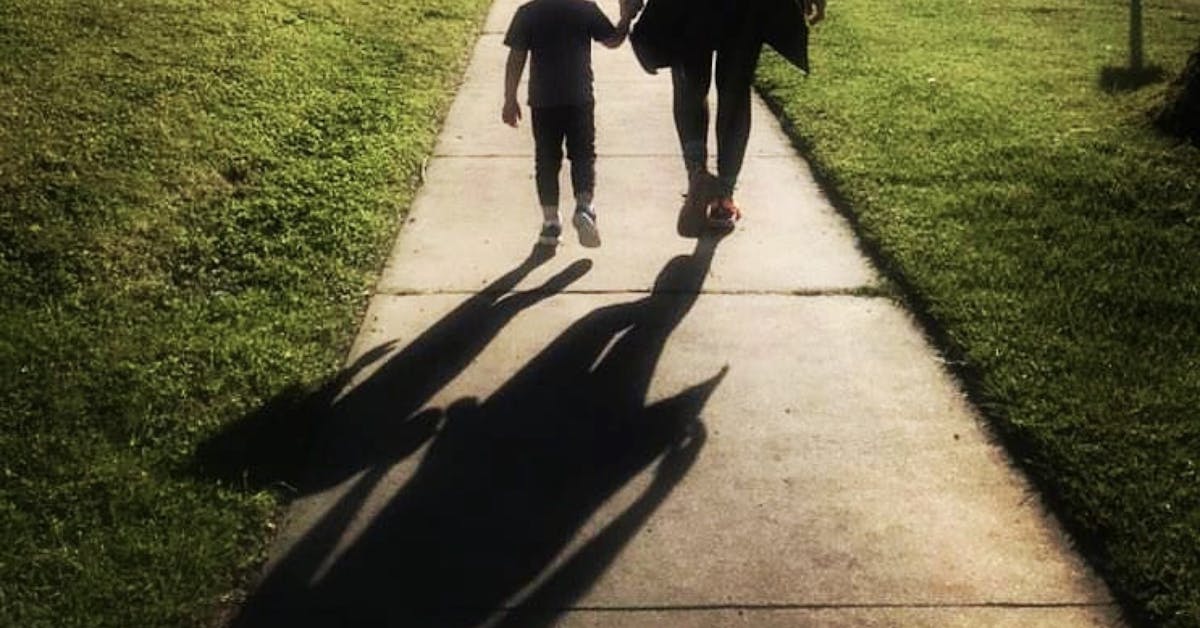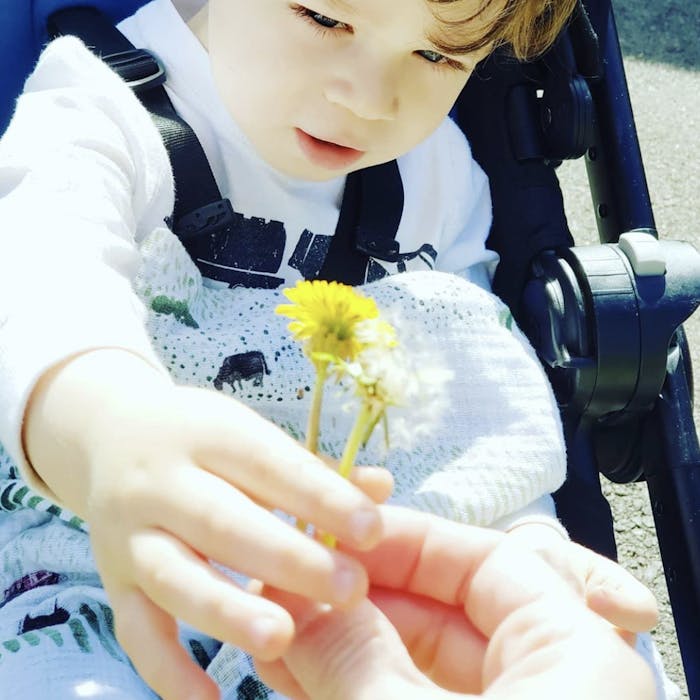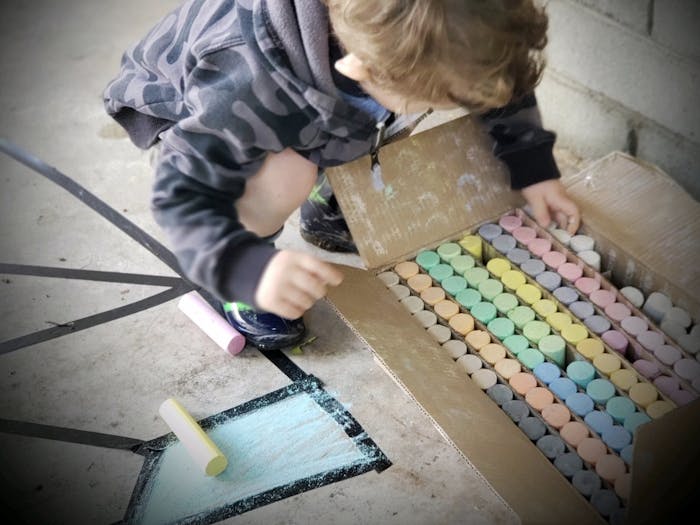
Mindfulness: A Simplistic Practice
Now more than ever, practicing daily mindfulness techniques can help you focus on the things in your control -- all while feeling all the feels.
Mindfulness is incredibly simplistic in nature; I fear its simplicity is one of the reasons people shy away from this beautiful and transformative practice.

"When you look at a field of dandelions, you can either see a hundred weeds, or a thousand wishes."
The more aware you are, the more you are able to remain present and in-the-now. Being present is to not let your mind wander to the future or to the past, but to be present in the moment. Allow yourself to feel whatever emotions come your way -- feel each experience as it happens and with your entire being.
Life is a wave of emotions. The tricky part is to find balance between high and low tides. Mindfulness is “paying attention on purpose, in the present moment, non-judgmentally” (Kabat-Zinn, 2003, p.145). Being present in the now and honoring where your body is in relation to other areas of your life can help increase one’s self-efficacy during conflict or unpleasant emotions (Broderick & Frank, 2014).
When we become more aware of the now, we are helping our bodies and minds develop mentally healthy techniques that promote emotional regularity when stress decides to peak in and say, "Hey hey, I am here to start that rollercoaster of emotions!". Being mindful helps keep your body at an optimum level of arousal so you can smoothly navigate your day, even when stressful situations occur.
The more we practice mindfulness, the emotional shift felt between high and low tides shortens. Our brains and bodies begin to adjust to a mindful way of viewing life. As a parent, this will help support your optimal wellness in order to model and implement mindfulness techniques when interacting with your child.
When your littles observe, hear, and see you living in the moment, they too will begin to learn and implement mindfulness throughout their day. Embracing mindfulness practices at a young age can support positive social emotional development skills. When children learn early to be present in the moment, especially in an upsetting moment, they learn to embrace that moment for what it is and increase their control of their own emotional responsivity. It is important to remember each child is unique and has their own preferences as to what helps them calm and organize. As adults, we can help facilitate and encourage kiddos to explore what their preferences are to increase their ability to self-regulate and maintain an optimal level of arousal to support positive emotional expression and decision making.
When you feel yourself getting overwhelmed:
-
Take a step back.
-
Take 5 minutes.
-
Focus on the now.
Focus on what you see, hear, smell, taste, and feel.
-
Take a deep breath....
Hold it for a few seconds.
-
Let a "haa" sounding breath out.
As if you were emptying your lungs of all its air. When you take a breath in, take it in through your nose and feel the air on the back of your throat while drawing your belly button in towards your spine. It is amazing how much power our breath holds.
Please do not undervalue the power of your breath and how beneficial it can be to your mental health, body, and overall well-being.
Embrace every emotion you feel. Encourage your children to do the same. Let’s all own our individual emotions. Allow your body to react naturally, but do not get stuck in negative emotions. Rather, think of how you can move forward, in the now, how to continue in that moment of time as positively as you can. I know, easier said than done. Start small and keep an open mind. You can do anything for 10 seconds!

Note: These are my personal recommendations and I do not receive any commission from these specific links.
Some of my initial resources stumbled upon during my mindfulness research are listed below.
Change Your Brain, Change Your Body: Use Your Brain to Get and Keep the Body You Have Always Wanted
References
Broderick, P.C. & Frank, J.L. Learning to BREATHE: an intervention to foster mindfulness in adolescence. New Dir Youth Dev. 2014;2014(142):31–44.
Kabat-Zinn, J. (2003). Mindfulness-based interventions in context: Past, present and future. Clinical Psychology: Science and Practice, 10(2), 144–156.
Related Articles
- Stay Active at Trails, Parks & Gyms in Redlands
- 01/17/24 by Guest Writer
- Redlands Hiking Trails
- 05/26/23 by Guest Writer
- Redlands Gyms, Fitness, and Classes
- 01/09/23 by Guest Writer
- Doctor Opens Very Unique Office in Redlands
- 01/18/23 by Guest Writer